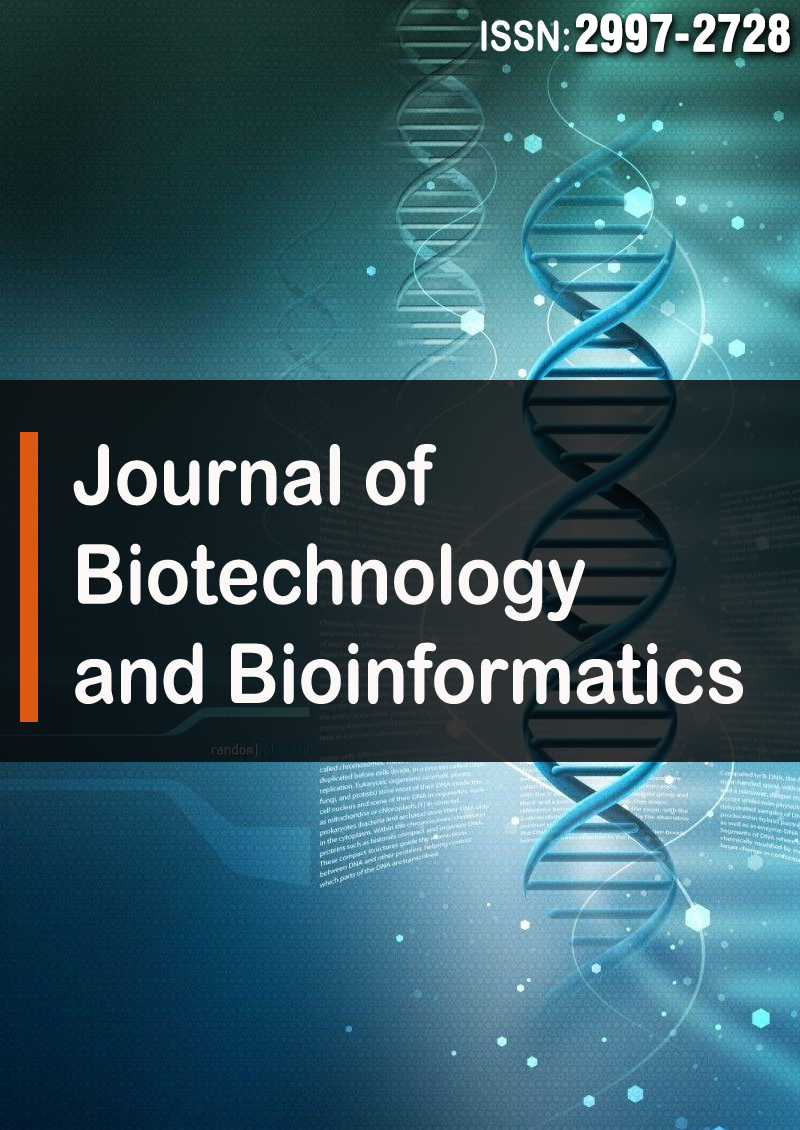Determining the Profitability of Different NPSB and Nitrogen Fertilizer Rates on Yield and Yield Attributes of Irish potato (Solanum tuberosum L.) at Southern Oromia, Ethiopia
Abstract
Solomon Teshome, Arega Amide and Miresa Mitiku
This is a traditional practice and most farmers and district offices only use fertilizers containing nitrogen and phosphorus in almost all soils in Guji districts. These nutrients are detrimental to increasing crop yield and must be applied during the planting schedule. This experiment was conducted to investigate the profitability of Irish potatoes when applying different rates of NPSB and N fertilizers and the economically appropriate rate to maximize potato yield. The results showed that the combined application of mixed NPSB fertilizer and N2 was significantly influenced days to 50% flowering, plant height, tuber number per plant, average tuber weight, marketable tuber yield, unmarketable tuber yield and total tuber yield. However, 80 % days to maturity was not affected by the combined application of NPSB blended and N2 fertilizer. The highest marketable tuber yield (22.86 t ha-1) and total tuber yield (24.76 t ha-1) were recorded from combined application of 200 kg ha-1 of blended NPSB fertilizer and 69 kg ha-1 of N2; while the lowest values 12.25 t ha-1 and 14.43t ha-1, respectively were recorded from the control. The MRR, which determines the acceptability of any treatments shows that treatments that received 200 kg ha-1 NPSB and 69 kg ha-1 N2 nutrient yielded best result of 7700 % marginal revenue. Therefore it can be recommended that application of 200 kg NPSB ha-1 and 69 kg ha-1 N2 is the appropriate rate for optimum productivity of Irish Potato for Adola Rede areas and similar agro-ecologies.



